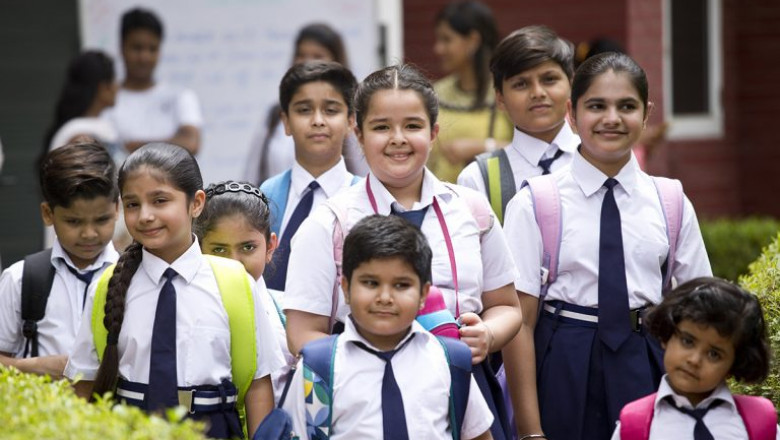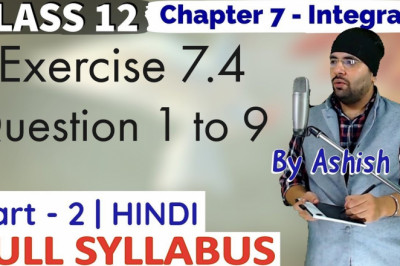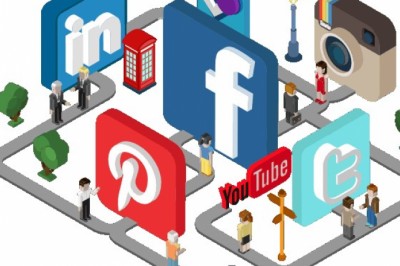views

The right to education recognised as a human right is understood to establish a free primary education for all children. It is an obligation to provide all children with secondary education and access to higher education.
RTE full form is Right to Education
The right to education recognised as a human right is understood to establish a free primary education for all children. It is an obligation to provide all children with secondary education and access to higher education.
The right to an education is not only a fundamental right but also a human right. The right to education seeks to eliminate discrimination at all levels of the educational system, establish minimum standards, and improve educational quality.
As a human right, the right to education is the most fundamental. Education promotes a man as an individual, and it demonstrates a way of life, changes one’s thinking, and makes one wise.
A BRIEF ON THE RIGHT TO EDUCATION
The Parliament of India implemented the Right of Children to Free and Compulsory Education (RTE) on August 4, 2009. RTE act illustrates the modalities of the importance of free and compulsory education for children aged 6 to 14 in India under Article 21a of the Indian Constitution according to the 86th amendment to India’s Constitution.
On April 1, 2010, India became one of 135 countries to make education a fundamental right for all children when the Act went into effect.
The Act establishes education as a fundamental right for all children between 6 and 14 and establishes minimum standards for elementary schools. It requires all private schools to set aside 25% of their seats for children.
EVOLUTION OF RIGHT TO EDUCATION IN INDIA
The rationale behind compulsory and free education
The process of learning and gaining knowledge at school commonly gets referred to as education. It’s the fundamental human right, emphasised at the United Nations through various international covenants and treaties.
Education also gets viewed as a mechanism of social revolution. Thus education leads to empowerment, which is critical for a country like India, as, despite the constitutional mandate, India has not been able to eradicate illiteracy after 65 years of independence.
Education in the Vedic period
- Under the Vedic Education system, the essential stages in developing an individual’s personality were physical, moral, intellectual, religious, and spiritual.
- However, following the Varna System, only the highest three Castes, namely Brahmans, Kshatriyas, and Vaishyas, were permitted to realise knowledge. The Sudras, among the oppressed classes, were denied the privilege of studying the Holy Scriptures and thus had no right to learn.
- As a result, education during the Vedic period was notorious for its lack of social inclusivity.
- Education primarily got regarded as a privilege reserved for those at the upper end of the caste and class spectrum until the nineteenth century.
Education in the Medieval period
- During the Middle Ages, The Muslim kings of the Indian Subcontinent never considered education- a fundamental function of the state.
- The main goal of the Muslim rulers’ educational system was to make knowledge, the spread of Islamic culture and religion, character development, loyalty to the king, learning of arts, skill development, and so on available only to a select few.
- The position of the oppressed classes did not improve during the medieval period to raise their educational standard. In short, education was a privilege available only to a select few in ancient and medieval India.
<a href="https://getlegalindia.com/right-to-education/">Know More</a>












